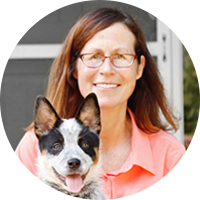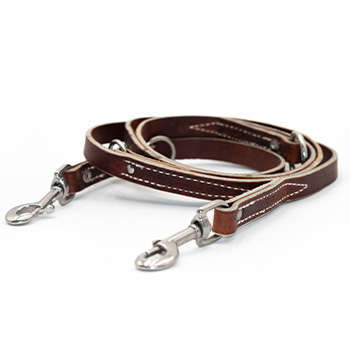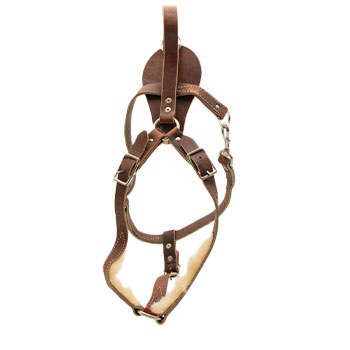May 19, 2011
Your video shows young dogs tracking with the wind at their back. Most trainers I have talked to track to the wind. Can you tell me why it should be done your way?
Full Question:
I have just recently purchased your RCMP Tracking Video. I have been with other officers who have tracking dogs, and have worked one myself.My questions are, while I looked at your video, for the first week of tracking, you showed what I believed to be your child or a child giving the dog hot dogs, but yet one of your helpers was using a bite rag or burlap sack on another occasion. Which should you start with? I believe we are trying to get the dog to track during prey drive, which you TOTALLY clarified during your Bite Training Tape. To have a dog so relaxed and calm like you showed was amazing compared to the police K-9's I've seen out here. Your tape showed so much control for the prey drive, I couldn't believe the difference. I'm very impressed.
Second question. When initially training the dog to track, I noticed you use the wind at your back, so the wind is blowing at the back of the handler and the dog. Why do some people train to initially train their dogs on a straight track with the scent blowing AT the dog, as you do and I have learned especially when training corners?
I'd appreciate some help.
Thank you,
Tim

 Ed's Answer:
Ed's Answer:
In regard to the dog finding a child or getting a bite on a sack, in reality both are prey situations. The bite work that we do at the end of tracks in the beginning of training is always prey bites. If the dog has a temperament to be around children, I like to use them for the dogs to track. I don't do it all the time, but I like to vary it so the dog sees that he does not always have to bite after he finds someone. I let my kids or their friends give the dog a piece of meat when he finds them.
When dogs are tracked into the wind they have a tendency to pick up their nose and wind scent. They also learn to cut corners because they can smell the turn way before they get to it. So it is always better to track with the wind at your back. The only time there is an exception to this is during the first 3 or 4 training tracks where the dog is tracking the handler, then we do it into the wind. The only purpose for this is to quickly teach the dog to use the nose. Once we switch to the handler working the leash, we always track with the wind to the back.
People often call this form of tracking "TRAILING," I do not agree with them. If the trainer approached his work properly, the training steps are set up and controlled so the dog must keep his hose close to the ground to follow the track. This is accomplished through track placement (i.e. wind at your back), aging the track to reduce scent and bring the nose down, and finally placement of corners and articles.
If a trainer constantly trains on 15 minute old tracks an experienced dog does not need to get his nose to the ground, he can run with a high head. If that same track is 1 hour or 1 1/2 hours old, there is a lot less scent and the same dog must get his nose right down on the ground to follow the track. So people that call this method of tracking trailing, really don't understand the training steps very well.
When dogs are tracked into the wind they have a tendency to pick up their nose and wind scent. They also learn to cut corners because they can smell the turn way before they get to it. So it is always better to track with the wind at your back. The only time there is an exception to this is during the first 3 or 4 training tracks where the dog is tracking the handler, then we do it into the wind. The only purpose for this is to quickly teach the dog to use the nose. Once we switch to the handler working the leash, we always track with the wind to the back.
People often call this form of tracking "TRAILING," I do not agree with them. If the trainer approached his work properly, the training steps are set up and controlled so the dog must keep his hose close to the ground to follow the track. This is accomplished through track placement (i.e. wind at your back), aging the track to reduce scent and bring the nose down, and finally placement of corners and articles.
If a trainer constantly trains on 15 minute old tracks an experienced dog does not need to get his nose to the ground, he can run with a high head. If that same track is 1 hour or 1 1/2 hours old, there is a lot less scent and the same dog must get his nose right down on the ground to follow the track. So people that call this method of tracking trailing, really don't understand the training steps very well.
100% (3 out of 3)
respondents found this answer helpful


Can't find what you're looking for?




